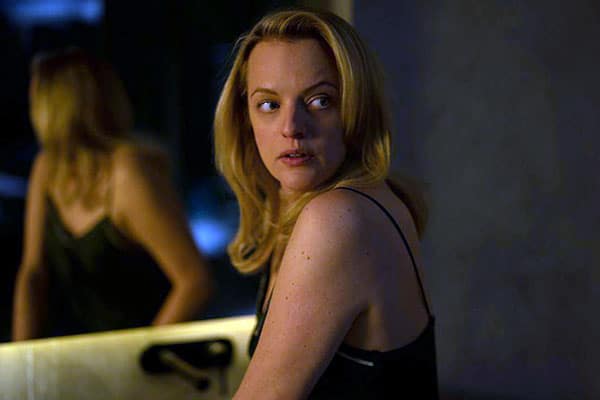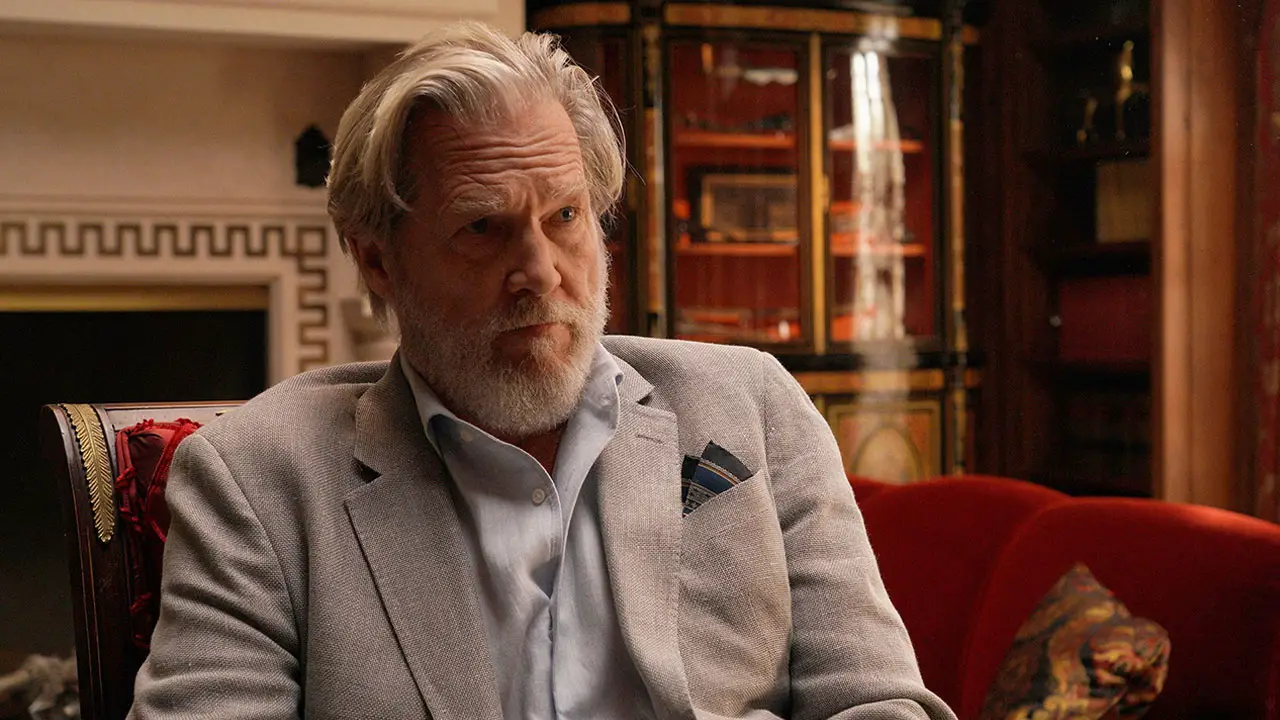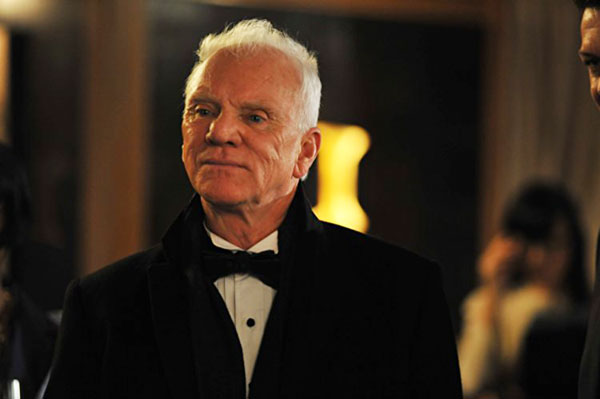
“So much of my job is about imagination — creating something that is not there or erasing things that are there.” – Elisabeth Moss
The Handmaid’s Tale star Elisabeth Moss‘ latest film, The Invisible Man, already became a sizeable box office hit before its theatrical run ended prematurely because of the coronavirus. It’s likely to pick up even more fans now that it is already available for streaming. It’s the latest career accomplishment for Emmy Award-winning Moss, who has gone from a successful career on television in shows like Mad Men and The Handmaid’s Tale to success in feature films. Speaking with the New York Times about the movie, Moss reflects on both playing opposite an “invisible” villain on screen as well as what she’s learned from her small-screen success so far.
Though Moss spent a fair amount of time acting opposite an invisible antagonist (i.e., opposite nobody), she points out that it was not uniquely challenging because all acting requires imagination. She explains, “So much of my job is about imagination — creating something that is not there or erasing things that are there. So it’s not as big of a leap as you would think.”
Though in The Invisible Man Moss portrays the heroine — much like the character she plays on Hulu’s The Handmaid’s Tale — she admits that she’s constantly looking for roles that will offer her something different. She says, “I really take great pleasure in pushing characters to the extreme. It gets more and more challenging to find new ways to do that. You have to keep asking yourself, what can I do now that is different? For me, it’s not about necessarily always playing the good guy.”
Moss points to her role as Peggy Olson on the acclaimed series Mad Men as an education on how to portray the same character in different ways as the character’s story unfolded. She reflects:
“Mad Men was a much slower burn than The Invisible Man or The Handmaid’s Tale, but Peggy changed so much from Season 1 to Season 7. Every single season, I felt like she was a different person when we came back. Playing within the constraints of a character is very challenging, too — playing a person who can’t express themselves, or is under a patriarchy or in a work environment that’s extremely sexist and having to navigate that, that is a very human and relatable experience as well.
Part of it, too, is that I developed a lot as an actor over the years. I don’t know if I could have done The Handmaid’s Tale at 23, which is when I started Mad Men. Working with Jane Campion on [the mystery-drama series] Top of the Lake, which I did between seasons of Mad Men, was such an incredible learning experience, too. Because I wasn’t sure what other tools I had in the toolbox when I went to New Zealand to do that first season. I thought, well, I can at least do these three scenes that I auditioned with. Taking that into Handmaid’s Tale, when I didn’t think I was going to be doing another TV show quite that quickly, it showed me: Ooh, there’s this other thing I can do!”


